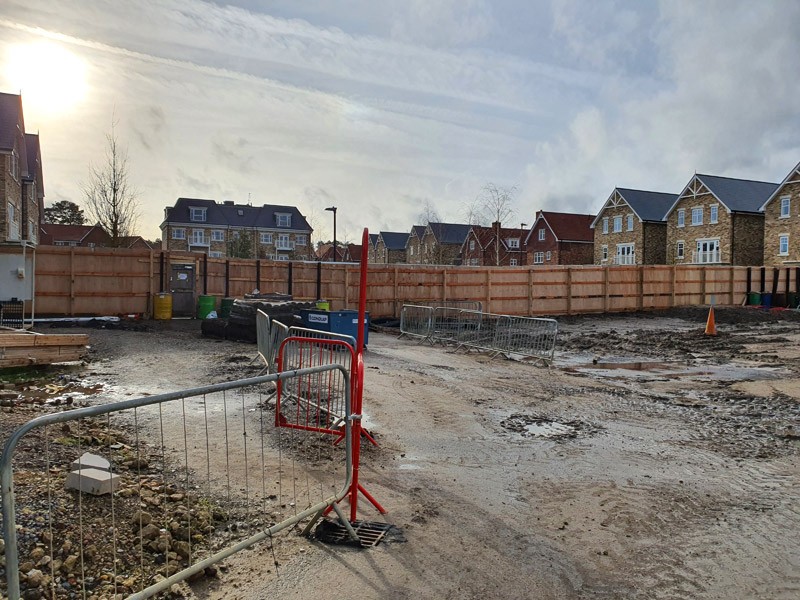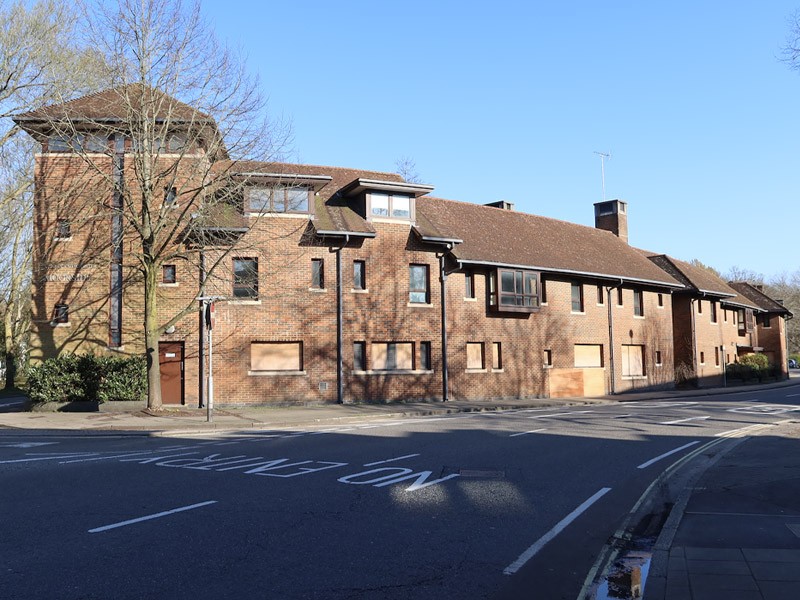Design Fire Strategy - RIBA support
Support during design, and build
RIBA 1 – Pre-Design (feasibility)
This stage includes early support to assist in examining the feasibility of a proposed project and identify, at an early-stage, potential fire safety issues that may arise and should be considered as the project moves forward. The focus of this is variable and may include a range of potential issues. Examples we have been involved in have included the provision of advice on:
- the implications of adding additional storeys to existing buildings;
- issues associated with timber framing and other modern methods of construction;
- change of use of existing buildings;
- travel distances in historic buildings;
- issues to increase occupancy in listed heritage buildings;
- interim fire safety arrangements during renovation of public buildings;
- access arrangements for the fire service in difficult to access location.
RIBA 2 – Concept Design
An Initial Review of the Concept Plans
The objective of this review is to identify the most appropriate fire safety design guidance to be used for the development of the fire strategy, and to provide early identification of potential fire safety issues which might require significant additional analysis and remediation to comply with the functional requirements of the Building Regulations.
We provide a report that identifies the key aspects of the design, the most suitable fire safety design guidance that is applicable to the project, and a snagging list of key issues that can be identified at this concept stage, along with recommended remedial measures for the consideration of the Design Team. This allows the designs to be developed.
Common issues we identify are excessive travel distances; issues with escape capacities, structural fire protection and fire compartmentation; and the need for active fire safety systems such as fire detection, smoke control and sprinkler systems.
RIBA 3 – Spatial Coordination
This follows the development of the architectural plans for the project.
Our process follows two stages.
Stage 1: Initial Review of Design Plans.
The approved architectural plans for a project are evaluated against the functional requirements of the Building Regulations Part B: Fire Safety and relevant guidance documents. Where deficiencies are found, the nature of the deficiency, the functional requirement it relates to, the expected standard are identified, and the most usual options for remediation are provided. The findings of the review are provided as a summary report, supported by an editable Word document which records the issues and recommendations, which allows clients to clearly record their preferred approach to addressing an issue. Clients are invited to discuss the implications of any issues, the recommended remedial measures and the availability of alternative solutions, with qualified engineers.
Stage 2: Development of the Design Fire Strategy
The Design Fire Strategy is a detailed report recording the active and passive fire systems proposed, and how these fire precautions achieve compliance with the requirements of the Building Regulations Part B: Fire Safety.
All our Design Fire Strategy are written such that they can be submitted to Building Control during RIBA Stage 4, however the requirement that the spatial design of a premises complies with current fire legislation has meant that, typically, the Design Fire Strategy is required during RIBA 3.
Our Design Fire Strategies have the following sections.
- Requirement B1: Means of Warning and Escape
- Requirement B2: Internal Fire Spread (linings)
- Requirement B3: Internal Fire Spread (structure)
- Requirement B4: External Fire Spread
- Requirement B5: Access and Facilities for the Fire Services
Where departures from the agreed guidance or national best practice are identified these are highlighted in the document, together with any mitigating circumstance.
The Fire Strategy is issued as a report to the client, supported by an editable Word document which records any departures from what is required, making recommendations about their solution. This allows clients to clearly record their preferred approach to addressing an issue.
While we can suggest the most common approach to resolving issues, a wide range of options are available and so we encourage clients to discuss the options possible, and any implications, with one of our qualified fire engineers.
RIBA Stage 4 – Technical design
Our Design Fire Strategies state the performance specification for each relevant fire safety system within the over-all fire safety design. This enables specialist subcontractors to fully develop the various active and passive fire safety systems, ensuring that the final design is consistent and achieves the necessary level of safety.
Invariably, through Stage 4, changes are needed to the Fire Strategy as a result of interactions between fire safety systems and the requirement to achieve compliance with other parts of the Building Regulations, or heritage requirements. To accommodate the change process, TecFire offers support and advice throughout the RIBA Stage 4 development process to ensure that proposed changes do not adversely affect the over-all fire safety of the project.
RIBA Stage 5 - Construction phase fire safety support
During the construction phase of the project, TecFire can provide further support and advice to accommodate alterations to the proposed provision of fire precautions resulting from unforeseen issues arising.
TecFire is often asked to comment on the suitability of materials or equipment that have been proposed. TecFire will provide an opinion, based on the available material or equipment specification, certification, fire test data, installation instructions or other available evidence, to assist the Client to decide on the suitability of the proposed solution. However, TecFire is not a UKAS accredited testing facility, so is unable to provide extended application reports to support un-tested systems. In such situations, TecFire’s advice may be limited to a statement that such a UKAS accredited test facility should be approached to provide a suitable report.
RIBA Stage 6 - Site visit and As-built Fire Protection Strategy reports.
Practical completion and handover of the completed project is receiving an ever greater level of scrutiny. To assist the Client in the decision to accept the hand-over, TecFire offers an ‘As-Built Fire Strategy’ service, involving assessing the fire precautions provided for the completed building, against the standard agreed with the Building Control Body at RIBA Stage 4. This involves a visual survey of the completed building, to compare the finished construction with the Design Fire Strategy. Where departures are identified, these are identified along with suitable mitigating measures, or potential remedial measures, if required. Once all departures have been suitably addressed, the Design Fire Strategy document is amended to ensure that it represents the most up-to-date record of the fire precautions, as provided.
RIBA Stage 7 - Pre-Occupation Fire Risk Assessment
Once building work is completed, TecFire offers a Pre-Occupation Fire Safety Assessment service. In practice, we find that if we have developed the Design Fire Strategy, and updated it throughout a project, the Pre-Occupation Fire Safety Assessment is a useful alternative to the As-built Design Fire Strategy, as it provides the information that future Fire Risk Assessments will be based on.
Our Pre-Occupation Fire Safety Assessments are conducted using the methodology described within the guidance document PAS 79-1:2020 Fire risk assessment; with generic guidance given in the management sections to provide some guidance on management aspects such as the frequency of maintenance, testing and training requirements.

